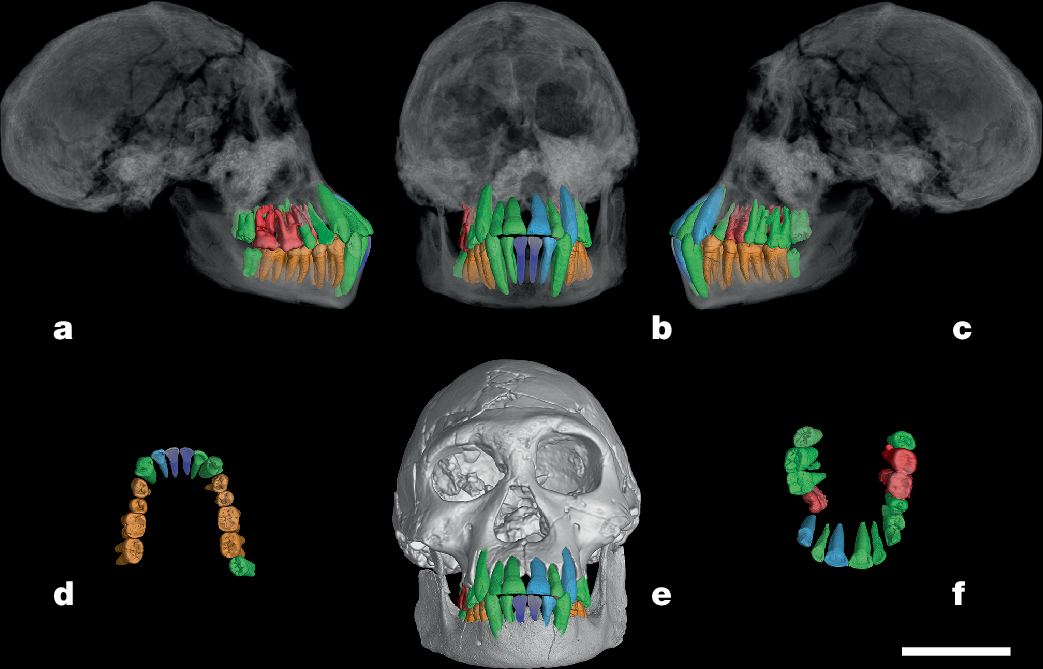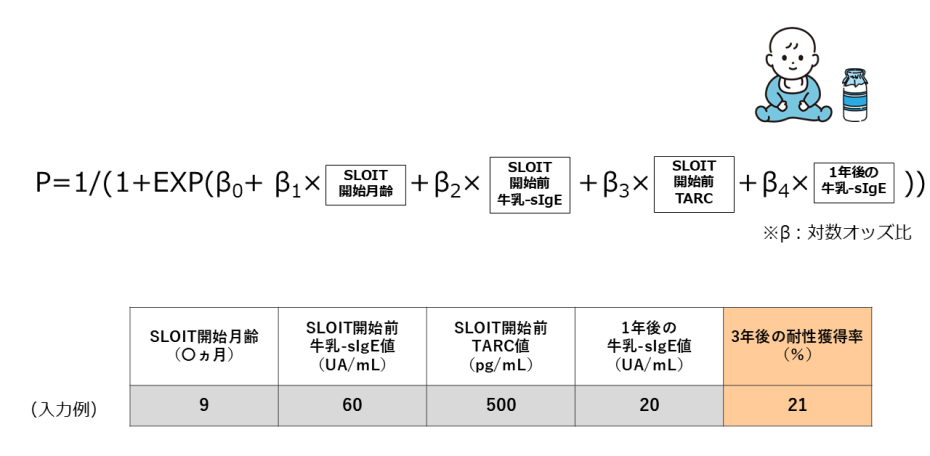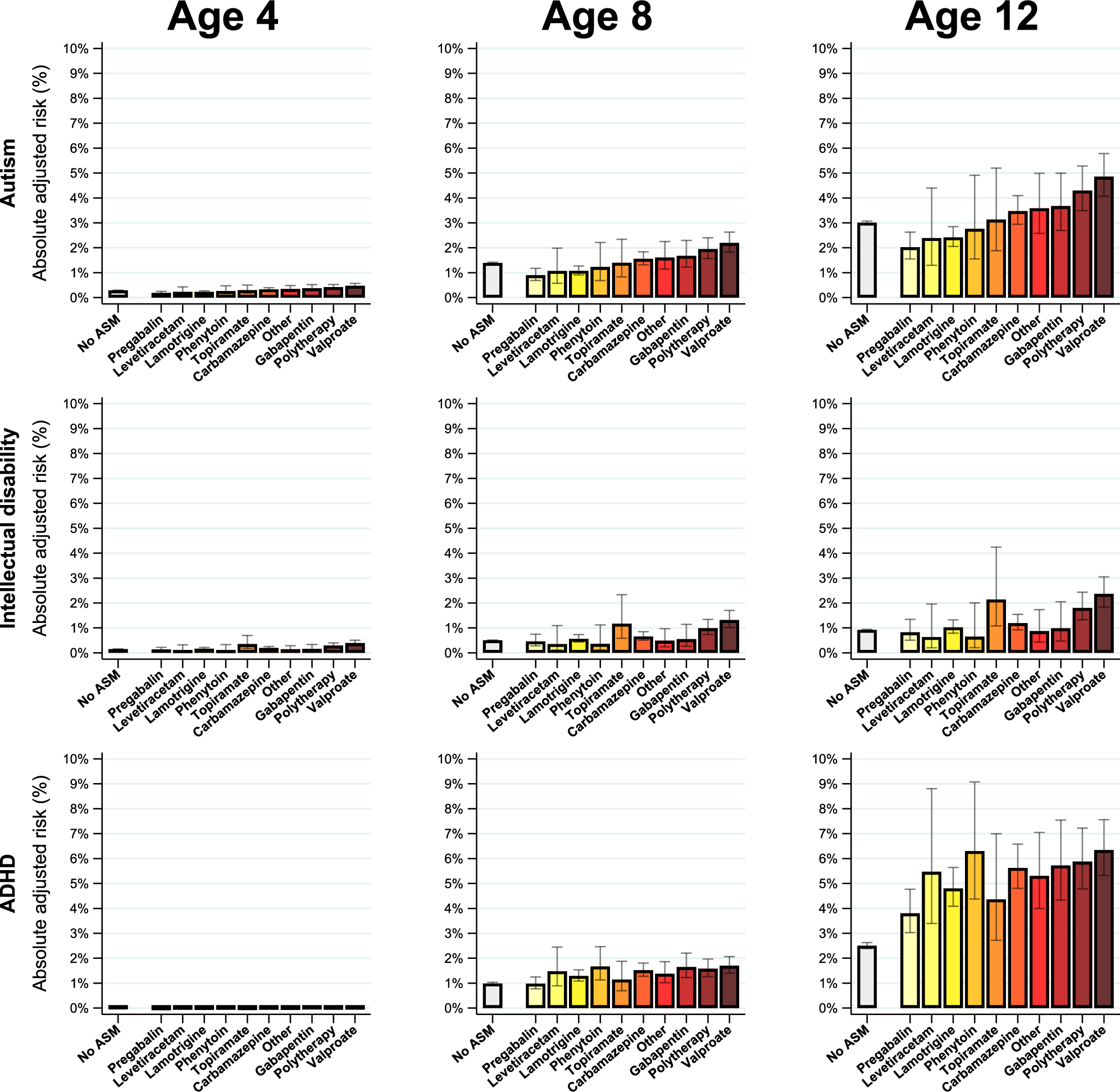2024-11-15 韓国基礎科学研究院(IBS)
<関連情報>
- https://www.ibs.re.kr/cop/bbs/BBSMSTR_000000000738/selectBoardArticle.do
- https://www.nature.com/articles/s41586-024-08205-2
ドマニシで発見された初期ホモの成長を示す歯の証拠 Dental evidence for extended growth in early Homo from Dmanisi
Christoph P. E. Zollikofer,Vincent Beyrand,David Lordkipanidze,Paul Tafforeau & Marcia S. Ponce de León
Nature Published:13 November 2024
DOI:https://doi.org/10.1038/s41586-024-08205-2

Abstract
Human life history is characterized by an extended period of immaturity during which there is a disjunction between cerebral and somatic growth rates1. This mode of ontogeny is thought to be essential for the acquisition of advanced cognitive capabilities in a socially complex environment while the brain is still growing2. Key information about when and how this pattern evolved can be gleaned from the teeth of fossil hominins because dental development informs about the pace of life history3,4,5. Here we show that the first evolutionary steps towards an extended growth phase occurred in the genus Homo at least 1.77 million years ago, before any substantial increase in brain size. We used synchrotron phase-contrast tomography6 to track the microstructural development of the dentition of a subadult early Homo individual from Dmanisi, Georgia. The individual died at the age of 11.4 ± 0.6 years, shortly before reaching dental maturity. Tooth growth rates were high, similar to rates in living great apes. However, the Dmanisi individual showed a human-like delayed formation of the posterior relative to the anterior dentition, and a late growth spurt of the dentition as a whole. The unique combination of great-ape-like and human-like features of dental ontogeny suggests that early Homo had evolved an extended growth phase before a general slow-down in life history, possibly related to biocultural reproduction7 rather than brain growth.


